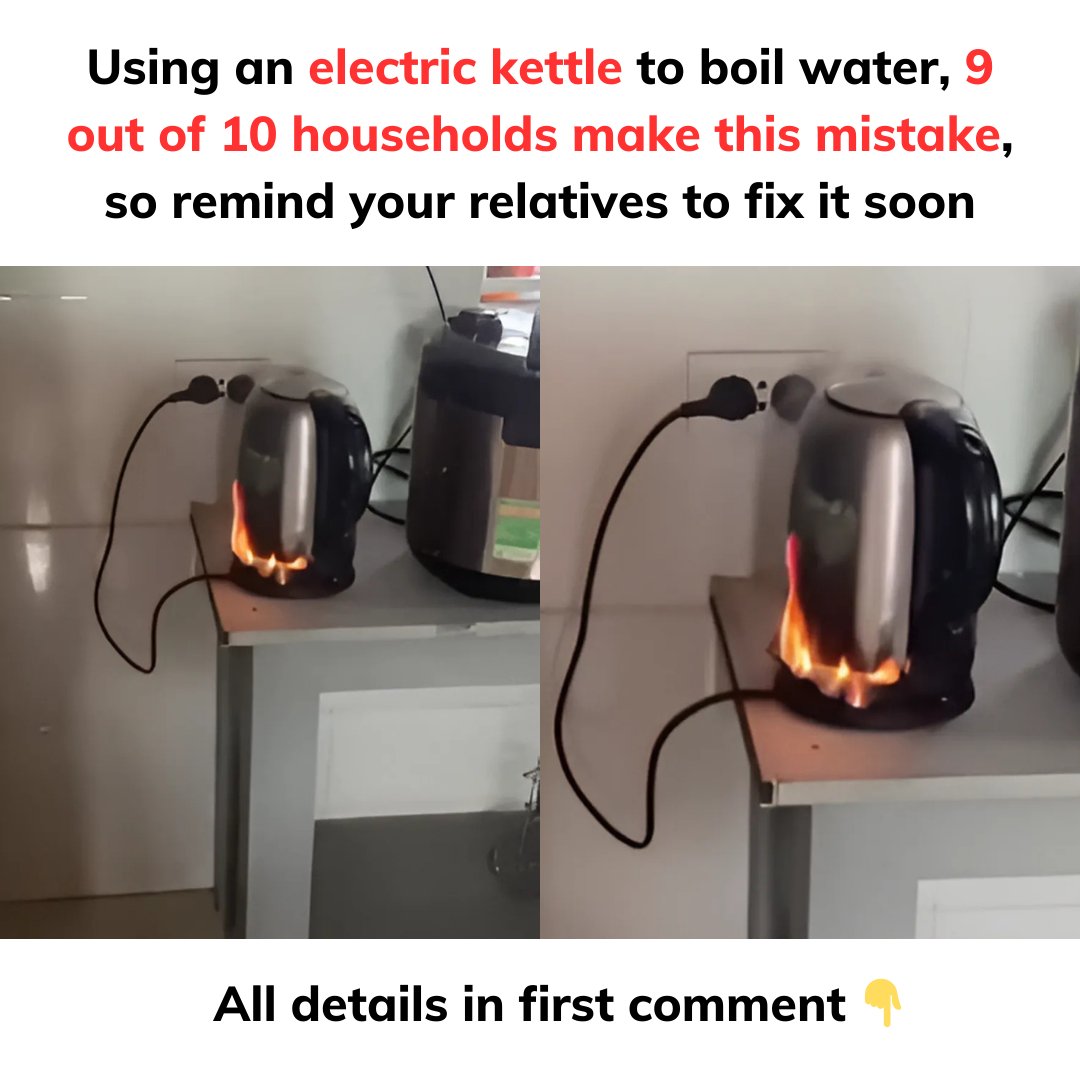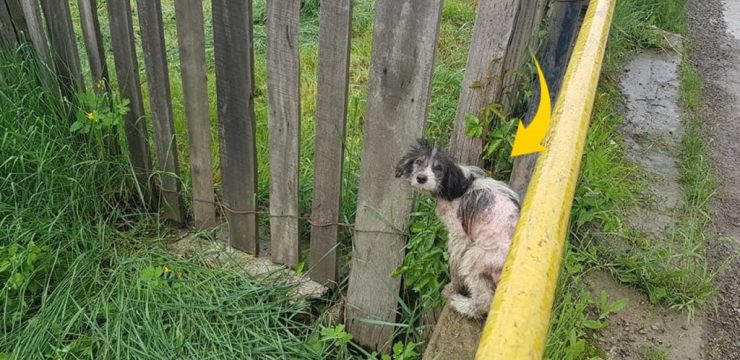Using an electric kettle to boil water is a simple, everyday task in many households. Its convenience makes it a favorite kitchen appliance—just fill it with water, flip the switch, and in a few minutes, you have boiling water ready to use.
However, while using an electric kettle may seem straightforward, many people unknowingly make mistakes that can shorten the kettle’s lifespan and even pose risks to health and safety. Here are five common mistakes made by 9 out of 10 households when using an electric kettle and how to avoid them.

1. Choosing Any Type of Electric Kettle
Many people assume that all electric kettles are the same, so they often opt for the cheapest option. However, the material of the kettle matters a lot, especially when it comes to health and durability.
When buying an electric kettle, it’s best to choose one made from 304 stainless steel. This type of stainless steel is highly resistant to corrosion and can withstand high temperatures, ensuring safer and healthier water after boiling. Cheaper kettles made from lower-quality materials may leach harmful substances into the water over time, posing potential health risks.
2. Overfilling the Kettle with Water
Filling the kettle to its maximum capacity—or even beyond—is a habit for many, but it comes with significant risks. Overfilling can cause water to overflow during boiling, which might seep into the kettle’s base and lead to short circuits or damage the appliance.
To avoid this, always adhere to the maximum water level marker on the inside wall of the kettle. Staying within this limit ensures the safety of your family and prolongs the life of your electric kettle.
3. Turning on the Kettle Before Adding Water
Some people mistakenly turn on the kettle before filling it with water. This practice can cause the kettle to operate in a dry-boil state, where the heating element is exposed without water to absorb the heat.
While a few seconds of dry boiling might not cause immediate harm, repeated instances can damage the kettle, leading to overheating or even electrical short circuits. To use the kettle safely:
- Always add water first.
- Ensure the base is clean and dry before placing the kettle on it.
- Plug in the kettle only after it’s filled and properly positioned.
Also, remember to unplug the kettle after each use to prevent electrical hazards.
4. Pouring Out All the Water After Boiling
Many people empty the kettle completely after boiling water, but this habit can shorten its lifespan. When the kettle base is still hot, pouring out all the water can cause the thermal relay to dry out, leading to wear and tear over time.
To prevent this, leave a small amount of water in the kettle after each use. Before boiling water again, pour out the leftover water and rinse the kettle to ensure cleanliness. This simple step helps protect the internal components and extends the appliance’s life.
5. Neglecting to Clean the Kettle Regularly
Over time, mineral deposits and residue, often referred to as limescale, build up inside the kettle, especially in areas with hard water. If not cleaned regularly, these deposits can affect water quality and even pose health risks.
To clean the kettle:
- Add white vinegar and water (1:1 ratio) to the kettle.
- Boil the mixture and let it sit for 10 minutes.
- Pour out the liquid, then use a clean cloth to wipe the inside of the kettle.
The acidic nature of vinegar neutralizes the alkaline limescale, effectively removing it. Regular cleaning prevents buildup, ensuring your kettle works efficiently and your water remains safe to use.
Key Takeaways
Using an electric kettle is convenient, but improper habits can lead to unnecessary damage and potential health risks. By following these tips, you can ensure safe, efficient use of your kettle:
- Choose a high-quality electric kettle made of 304 stainless steel.
- Avoid overfilling the kettle to prevent spills and damage.
- Always add water before turning the kettle on.
- Leave a small amount of water in the kettle after boiling to protect the thermal relay.
- Clean the kettle regularly with white vinegar to remove limescale and maintain water quality.
Taking these simple precautions can help extend the life of your kettle, improve its performance, and ensure your safety.





